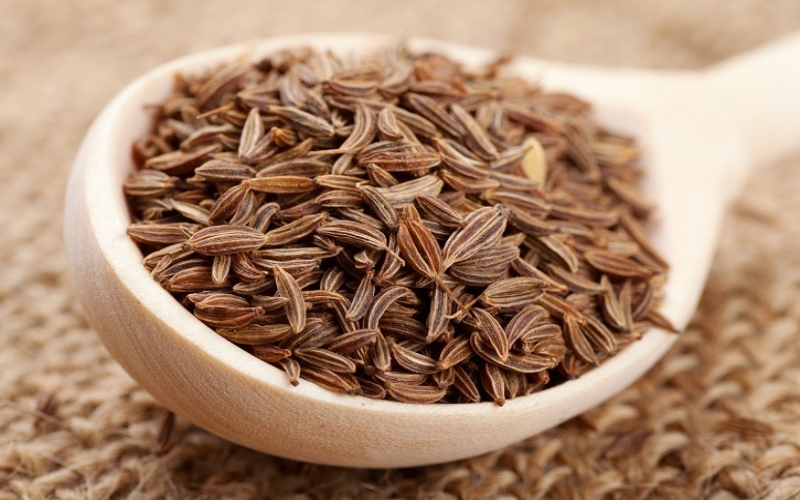Tucked away in the pantry of culinary delights lies a small yet mighty spice: the caraway seed. These tiny crescent-shaped wonders are not only bursting with flavor but also pack a punch when it comes to nutritional value. Let’s explore the hidden treasures of caraway seeds and unravel the mysteries of their growth cycle.
Firstly, let’s delve into the nutritional powerhouse that is the caraway seeds. Despite their modest size, caraway seeds are loaded with essential nutrients that can bolster your health in more ways than one. These seeds are particularly rich in dietary fiber, which plays a crucial role in digestive health by promoting regularity, preventing constipation, and aiding in weight management. Additionally, fiber helps regulate blood sugar levels, reduce cholesterol, and lower the risk of heart disease—a true multitasker in the world of nutrition.
But that’s not all—caraway seeds also boast an impressive array of vitamins and minerals, including calcium, iron, magnesium, and vitamin C. Calcium is essential for strong bones and teeth, while iron is vital for oxygen transport in the blood and preventing anemia. Magnesium supports muscle and nerve function, while vitamin C boosts immune health and acts as a powerful antioxidant, protecting cells from damage caused by free radicals.
Moreover, caraway seeds contain potent compounds such as carvone and limonene, which have been shown to possess anti-inflammatory, antimicrobial, and antioxidant properties. These bioactive compounds may help reduce inflammation, fight off infections, and protect against chronic diseases such as cancer and diabetes. Incorporating caraway seeds into your diet can thus contribute to overall wellness and longevity.
Now, let’s shift our focus to the growth cycle of caraway plants. Caraway (Carum carvi) is a biennial herbaceous plant belonging to the Apiaceae family, which also includes parsley, dill, and celery. Native to Europe and Western Asia, caraway is cultivated for its aromatic seeds, which are used as a spice in various cuisines around the world.
The growth cycle of caraway begins with the planting of seeds in well-drained soil enriched with organic matter. Caraway plants prefer full sun to partial shade and thrive in cool, temperate climates with moderate rainfall. The seeds germinate within a couple of weeks, giving rise to delicate foliage with finely divided leaves reminiscent of carrot tops.
During the first year of growth, caraway plants focus on developing a robust root system and lush foliage, reaching heights of up to two feet. In the second year, the plants bolt, sending up tall flower stalks adorned with clusters of small white or pink flowers. These fragrant blooms attract pollinators such as bees and butterflies, ensuring the production of seeds for the next generation.
As summer transitions to fall, the flowers give way to green seed pods, which gradually ripen and turn brown as they mature. Harvesting caraway seeds is a labor-intensive process that involves waiting until the seed heads are fully dry before threshing and winnowing to separate the seeds from the chaff. Once harvested, the seeds can be stored in a cool, dry place in an airtight container for future use in cooking and baking.
In conclusion, caraway seeds are a nutritional powerhouse packed with fiber, vitamins, minerals, and potent bioactive compounds. From promoting digestive health to fighting inflammation and oxidative stress, these tiny seeds offer a myriad of health benefits that make them a valuable addition to any diet. And with their relatively simple growth cycle, cultivating caraway plants at home is a rewarding endeavor that allows you to enjoy the freshest and most flavorful seeds straight from your garden to your plate. So, why not spice up your life with the vibrant flavors and nutritional goodness of caraway seeds today? Check out Eden seeds online.


